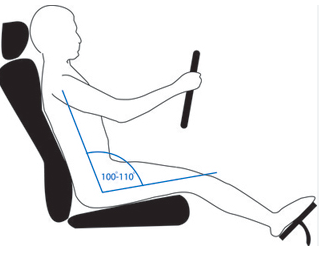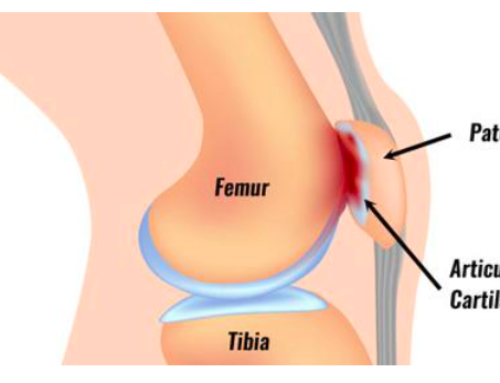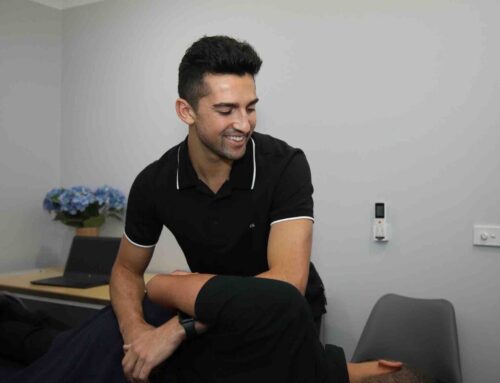Long hours behind the wheel can be quite taxing on your body – driving is one of the most important activities that back pain commonly interferes with. Whether driving is the only thing that aggravates your back, or you experience ongoing back pain that gets flared up by driving, it’s never fun to drive with pain.
Do you get out of your car feeling like you’ve just driven 50 laps of Formula 1?
We’ve put together some of our best tips to help you swerve back pain as much as possible.
Why do we get back pain from driving?
 People can feel back pain in a variety of places while driving. There are many factors involved – depending on these factors you might have pain in the neck and shoulders, mid back, or low back and hips. It is important to address the causes behind your pain to avoid prolonged and increasing discomfort.
People can feel back pain in a variety of places while driving. There are many factors involved – depending on these factors you might have pain in the neck and shoulders, mid back, or low back and hips. It is important to address the causes behind your pain to avoid prolonged and increasing discomfort.
- Neck/Mid back/ Shoulder pain -> Typically results from a rigid upright posture, with a tight grip on the steering wheel.
- Low back & hip pain -> More commonly seen when sitting in the same slumped position for long periods.
While sitting in a car chair, the body needs to compensate for speed, turning corners and changes in direction. On top of this… the vibration of the vehicle, turning our head to check blind spots and shifting weight to control the pedals all contribute to challenges that we wouldn’t experience from sitting in a normal chair.
So how do you get from A to B without the back pain? Give these 3 tips a go
Luckily, there are ways to reduce your risk of developing back pain while driving which is what we are going to share with you today.
- Adjust how you sit

Photo courtesy posturemedic.com
Seat angle: Adjust the angle your seat to about 100-110 degrees to allow for best hip positioning.
Seat position: Move your seat forward so that you aren’t having to over-reach for the pedals & steering wheel. Get as close as you can to the wheel without feeling uncomfortable.
Head rest: Rest the back of your head on the headrest without it angling your head forward.

Lumbar support in car
2. Use lumbar support
If you find that changing your seat position just isn’t doing the trick, you can try additional low back support seating additions. You can also use a folded towel behind your back, under the hips or behind your shoulders if you need more support in specific areas.
3. Take breaks
Even after adjusting your seat and posture, driving for extended periods of time is still not going to feel amazing. Getting out of your car helps with both mental and physical fatigue which is likely to reduce back pain or discomfort.
Ideally, everyone should take 15-minute breaks every 2 hours. However, if you are prone to back pain, we suggest taking breaks more frequently (every 30-60 minutes), spending these regular breaks getting out of the car to move your spine and stretch your arms and legs.
To get on the road to developing a strong and healthy back, come and see us at Pakenham osteopathy – book online here, or call us on 5941 4157.




